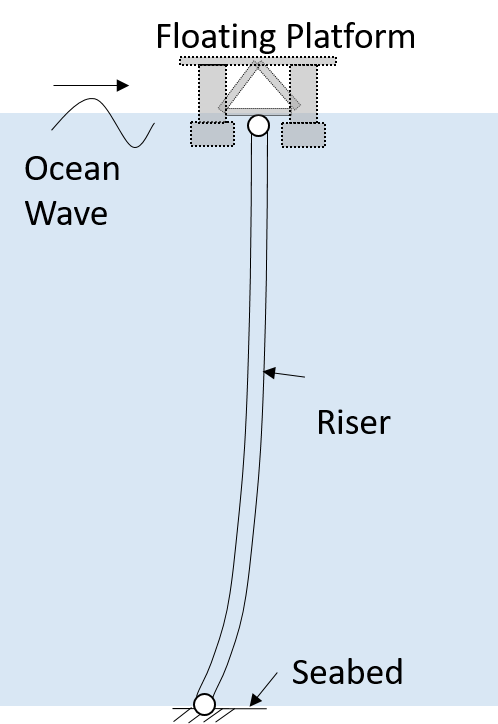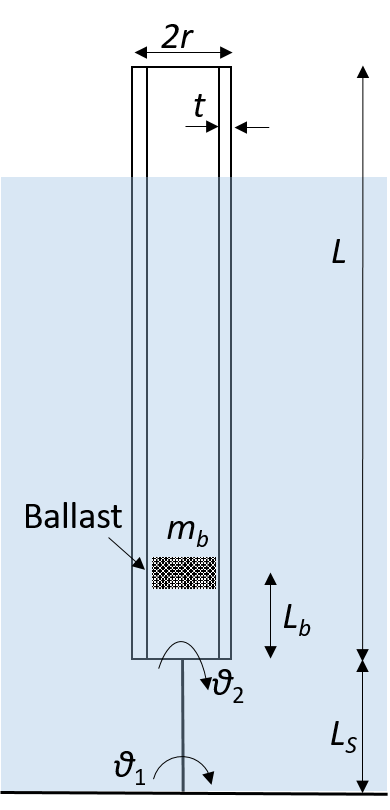A general framework for probabilistic sensitivity analysis with respect to distribution parameters
Probabilistic sensitivity analysis identifies the influential uncertain input to guide decision-makings. We propose a general sensitivity framework with respect to input distribution parameters that unifies a wide range of sensitivity measures, including information theoretical metrics such as the Fisher information. The framework is derived analytically via a constrained maximization and the sensitivity analysis is reformulated into an eigenvalue problem. There are only two main steps to implement the sensitivity framework utilising the likelihood ratio/score function method, a Monte Carlo type sampling followed by solving an eigenvalue equation. The resulted eigenvectors then provide the directions for simultaneous variations of the input parameters and guide the focus to perturb uncertainty the most. Not only is it conceptually simple, numerical examples demonstrate that the proposed framework also provide new sensitivity insights, such as the combined sensitivity of multiple correlated uncertainty metrics, robust sensitivity analysis with a entropic constraint and approximation of deterministic sensitivities.
The core equation for this framework is this simple eigenvalue equation:
The matrix
The utility function
To implement the numerical case studies, you need to download the sensitivity code of TEDS from a different repository. The three cases studies call TEDS for the sensitivity analysis. The functions for the three cases are call_caseNo1.m etc. For case 2 and 3, the hydrodynamic code CHAOS is used. In addition, for case 2, the fatigue failure results are based on 5000 Monte Carlo simulations. The MC data is saved as *.mat file (~450 MB) and it can be found here. These data is necessary to reproduce the results for Case 2.
Case-1 considers a simple flexible cantilever beam that is subject to a whie noise excitation
Case-2 considers a flexible marine riser that is subject to a random wave excitation
Case-3 considers a rigid body floaitng column in a wave tank


